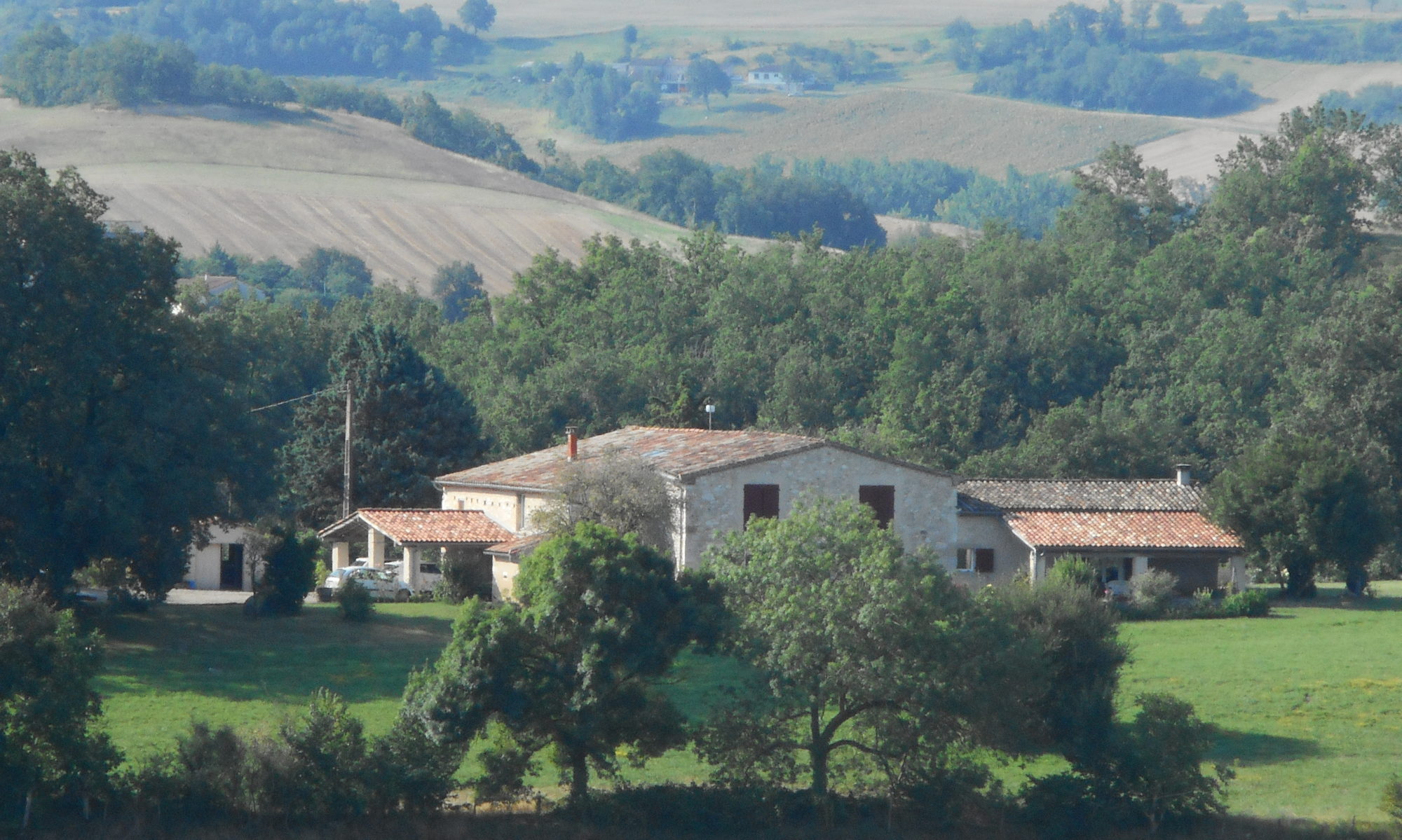The Kalyan minaret is a minaret of the Po-i-Kalyan mosque complex in Bukhara, Uzbekistan and one of the most prominent landmarks in the city.
The minaret, designed by Bako, was built by the Qarakhanid ruler Mohammad Arslan Khan in 1127 to summon Muslims to prayer five times a day. An earlier tower collapsed before completion. It is 48 metres high including the point, of 9 metres diameter at the bottom and 6 metres at the top.
The body of the minaret is topped by a rotunda with 16 arched fenestrations, from which the muezzins summoned the Muslims in the city to prayer. The tower base has narrow ornamental strings belted across it made of bricks which are placed in both straight or diagonal fashion. The frieze is covered with a blue glaze with inscriptions. In times of war, warriors used the minaret as a watchtower to lookout for enemies.About a hundred years after its construction, the tower so impressed Genghis Khan that he ordered it to be spared when all around was destroyed by his men (a surprise you might say given his normal stance on these things) It is also known as the Tower of Death, because until as recently as the early twentieth century criminals were executed by being thrown from the top.
It is the center point for a complex of buildings not surprisingly a Madrassa and a Mosque the Mosque named the Kalon can house 10,000 worshippers. Its roof looks flat but actually consists of 288 domes and is as stunning on the inside as the outside. In soviet times it was used as a warehouse something they did a lot with religious building well at least they did not tear them down.
The Madrassa which seems off limits to everyone is no less stunning and the whole place has an air of ancient history about it.
This is exactly why I agreed to take this trip to find places like this.



















































